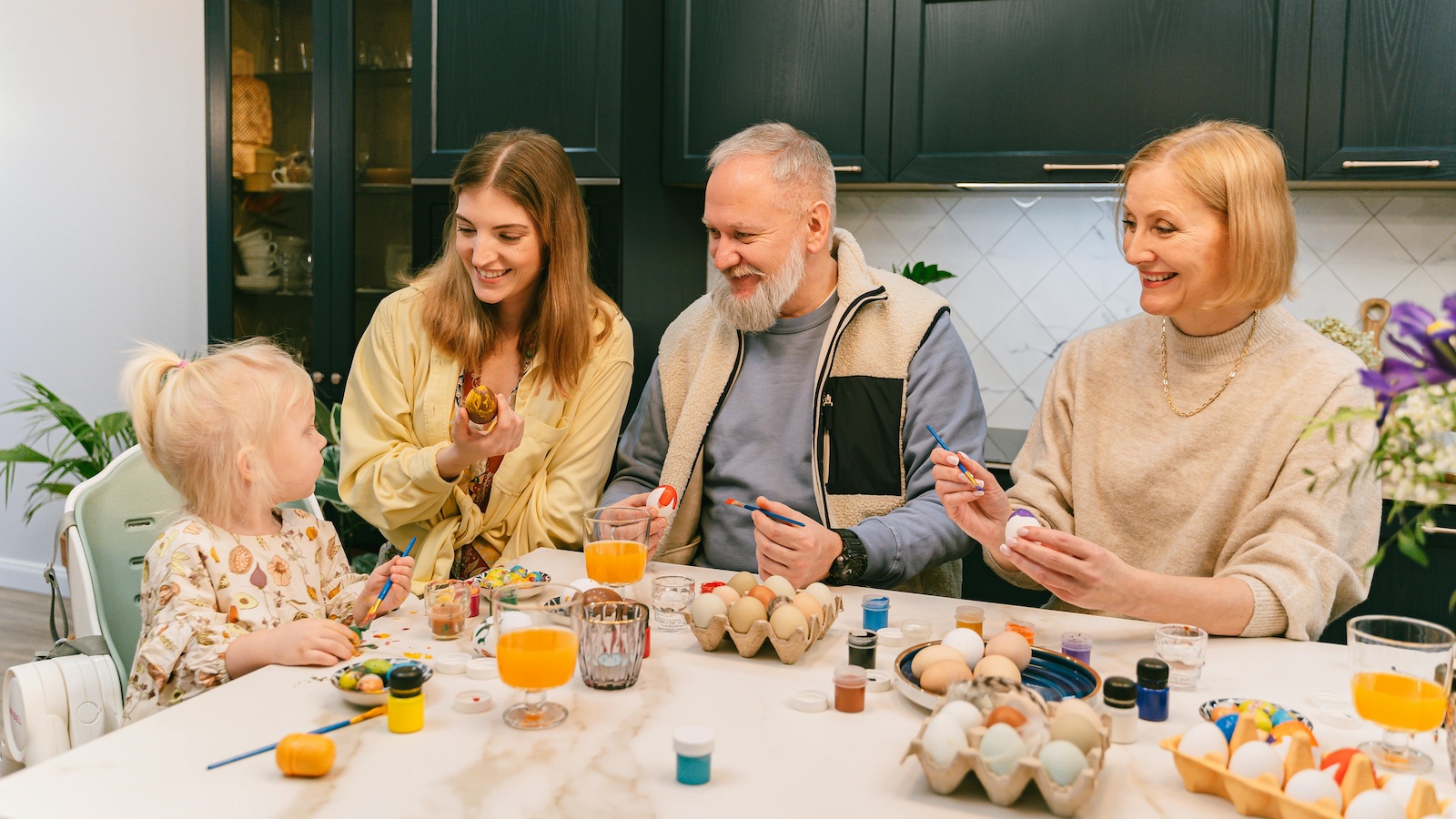As the 2025 MIT State of AI in Business report finds, despite $30–40 billion in enterprise investment in generative AI, a staggering 95% of projects have failed to deliver any measurable business value. The authors dub this stark disparity the "GenAI Divide" – a small 5% of AI initiatives are generating millions in value while the vast majority remain stuck with zero return on investment. In short, high adoption has not translated into high transformation. Tools like ChatGPT are widely piloted, yet most enterprise-grade GenAI solutions never get past experimentation. According to the MIT study, these efforts fail not due to model quality or regulations, but due to approach – with common pitfalls including brittle workflows, lack of contextual learning, and misalignment with day-to-day operations.
How can organizations avoid falling on the wrong side of this GenAI Divide? This article offers a practical playbook. We outline five key implementation strategies and five guidelines for sustainable adoption to help enterprises turn promising AI pilots into production-scale successes. The focus is on disciplined execution and organizational alignment – moving beyond one-off demos to deeply integrated, value-generating AI solutions. The goal is to provide senior leaders a concise, HBR-style road map to crossing the GenAI Divide and realizing the business impact that so far has eluded 95% of adopters.
Five Implementation Strategies
To successfully implement generative AI at enterprise scale, leaders should apply the following five strategies. Each principle addresses a common failure point identified in the MIT report and steers projects toward long-term, production-level value rather than superficial wins:
1. Start Narrow, Scale Later – Rather than chasing broad, grandiose AI projects, begin with a focused use-case where AI can solve a defined problem and demonstrate clear value. The organizations on the right side of the GenAI Divide focus on narrow but high-value use cases, integrate deeply into workflows, and scale through continuous learning rather than broad feature sets. Starting small allows teams to learn, adapt, and earn quick wins. Once the AI solution proves itself in one domain, it can then be expanded to adjacent processes or scaled across the enterprise. This controlled approach prevents overreach and tackles the integration complexity that often stalls broader deployments. As the MIT study notes, successful innovators often "land small, visible wins in narrow workflows, then expand" – in contrast to less successful efforts that try to "boil the ocean" and end up overwhelmed by complexity.
2. Data Foundations First – Enterprise AI will only be as effective as the data and context you feed it. Before layering fancy models, ensure robust data foundations: consolidated, clean, and relevant data sources that the AI can learn from. Many GenAI pilots falter because the model lacks domain context or access to up-to-date internal knowledge. Top-performing firms in the MIT research "demanded deep customization aligned to internal processes and data", underscoring that AI must be grounded in the organization's own information and workflows. Investing early in data integration (connecting the AI to your databases, documents, and transaction flows) and data quality (governance, deduplication, lineage) will pay off later. A strong data foundation means the GenAI system isn't operating in a vacuum – it's embedded in your business reality, making its outputs far more relevant and reliable at scale.
3. Human-in-the-Loop by Design – Build human feedback and oversight into the AI workflow from day one. Generative AI shouldn't operate as an autonomous black box in enterprise settings – it works best as a collaborative tool that continuously learns from its users. The MIT report emphasizes that the core barrier to scaling AI is a learning gap: most GenAI systems "do not retain feedback, adapt to context, or improve over time". By contrast, projects that succeed treat AI deployment as an iterative, human-supported process. Establish formal loops for employees to review AI outputs, correct errors, and provide domain input. Design dashboards to capture these interactions and retrain models on this feedback. This human-in-the-loop approach improves accuracy, builds user trust, and ensures the AI evolves in line with real-world needs. It also assigns clear human accountability – critical in regulated and high-stakes environments – without forfeiting the efficiency gains of automation.
4. Governance and Risk Controls – Don't bolt on risk management at the end; bake it into the implementation plan. Enterprise AI adoption must be guided by strong governance: policies and guardrails for ethical use, regulatory compliance, and operational risk. Upfront, define what decisions or content the AI is not allowed to handle, establish approval workflows for sensitive outputs, and set up an oversight committee to monitor AI activities. This proactive stance prevents the common scenario of promising pilots being killed by compliance or security fears. Indeed, teams are far more willing to embrace AI if guardrails are in place during deployment. Effective AI governance includes transparency (knowing why the model produced a result), robust testing for bias or errors, and contingency plans when the AI gets something wrong. By instituting risk controls by design, leaders create the conditions for AI to flourish safely. Governance is ultimately an enabler: it builds the confidence among stakeholders – from frontline employees to regulators – that the new AI can be trusted in production.
5. Productization Discipline – Treat AI initiatives as products, not one-off projects or experiments. This means applying the same rigor to AI pilots that you would to bringing a new product to market: clear milestones, user testing, performance monitoring, and continuous improvement cycles. Many organizations stumble by considering an AI pilot "successful" after a demo, without planning for scaling, maintenance, and integration – the result is a pilot that never translates into operational impact. Instead, instil a product mindset. Develop an MVP (minimum viable product) version of the AI solution, deploy it to real users, gather feedback, and iterate. Incorporate MLOps practices for version control, monitoring, and model retraining. Successful adopters often "partnered through early-stage failures, treating deployment as co-evolution" – recognizing that the first attempt won't be perfect and committing to refining it over time. By expecting and managing iterative improvement, you turn a short-term pilot into a long-term, scalable product with a dedicated team and budget for continuing enhancement. Discipline in productization bridges the gap between prototype and production, ensuring the AI solution delivers sustained business value.
Five Guidelines for Sustainable Adoption
Implementation strategy alone isn't enough – the surrounding organizational environment determines whether AI truly takes root. The following five guidelines are leadership principles to ensure that generative AI adoption is sustainable, cost-effective, and deeply integrated into how the business operates. These guidelines emphasize change management, accountability, and the often-neglected factors that separate a flashy pilot from lasting enterprise transformation:
1. Align AI With Recurring Workflows – Focus on use cases that naturally plug into the regular rhythm of the business. AI solutions should attach to routine, frequent workflows – the monthly report preparation, the daily customer inquiry triage, the weekly financial reconciliation – where they can continuously assist and improve productivity. Aligning AI with recurring processes ensures two things: first, the AI system has a steady stream of real-world practice (and feedback) to learn from, and second, employees incorporate the AI into their normal work rather than viewing it as a novelty. Projects fail when they are mismatched to how work actually gets done. In fact, the MIT report found that many enterprise AI tools were "quietly rejected" because of "misalignment with day-to-day operations" . Leaders should therefore choose GenAI initiatives that map to pain points in existing workflows and design the integration such that using the AI is as natural as using email. When AI augments work that people already do frequently, it stands a far better chance of sticking and scaling.
2. Communicate in Business KPIs, Not Model Metrics – Drive the AI program with business-focused objectives, not just technical benchmarks. Executives and front-line workers alike care about outcomes such as revenue growth, cost reduction, customer satisfaction, and efficiency gains – not model precision scores or the latest algorithm. It's critical to translate AI performance into the language of business value. For example, instead of reporting that a model achieved 92% accuracy, communicate that it helped reduce customer churn by 5% or processed 1,000 more claims per week. This principle was evident among successful adopters in the MIT study, where organizations "benchmarked tools on operational outcomes, not model benchmarks". By linking AI initiatives to key performance indicators (KPIs) that business leaders recognize, you ensure continuing executive sponsorship and cross-functional buy-in. Importantly, framing results in terms of ROI and business metrics forces AI teams to stay focused on use cases that truly matter to the organization's bottom line, closing the gap between technical potential and realized value.
3. Build Cost and Performance Observability In – Once an AI system moves out of the lab, leaders need clear visibility into its usage, effectiveness, and costs. Too often, enterprises deploy generative AI without robust monitoring, only to be surprised later by escalating API bills, latency issues, or drifts in quality. Avoid these surprises by baking observability into the solution. This includes tracking metrics like inference cost per transaction, runtime performance, error rates, and the business metrics influenced (e.g. time saved per task). Set up dashboards that allow both the technical team and business owners to see how the AI is performing in real time. Observability is not just about tech metrics – it ties back to business KPIs. For instance, if an AI customer support bot's handle time creeps up or its customer satisfaction score drops, that should trigger an alert and investigation. Likewise, if monthly usage costs exceed expectations, it should prompt optimization or re-calibration of scope. Building this level of transparency creates accountability and enables data-driven decision-making about the AI's future. It ensures that scaling an AI solution doesn't lead to uncontrolled spending or unnoticed degradation in value. In short, treat your AI system as a living part of the business that needs continuous monitoring, just like any critical infrastructure.
4. Prioritize Security & Privacy – Any enterprise AI adoption must take security, privacy, and data protection as non-negotiable requirements. This goes beyond basic compliance checkboxes – it means designing the AI's data flows and integrations such that sensitive information is safeguarded at every step. Many companies remain understandably wary of generative AI tools because of confidentiality risks (e.g. an employee prompt inadvertently leaking client data to an external model). Address this upfront by implementing measures like data anonymization, encryption, on-premise or private cloud deployment of models, and strict access controls. That sentiment echoes across industries: if stakeholders don't trust that an AI system will keep data secure and decisions auditable, they will simply not allow it into production. Leaders should institute an AI privacy policy, involve the cybersecurity team early, and educate employees on safe AI usage practices. Additionally, consider model-specific risks – for example, generative models sometimes hallucinate (produce false information) or exhibit bias; robust governance and validation can mitigate these. By prioritizing security and privacy from day one, you not only reduce the risk of incidents, you also remove a major barrier to adoption – giving regulators, customers, and your own legal team confidence that the AI initiative is enterprise-ready.
5. Don't Forget the Last Mile: UX and Change Management – The difference between a pilot that impresses in the lab and a solution that succeeds in the field often comes down to the "last mile." This refers to bridging the gap between the technology and the people who use it. A great AI solution must fit seamlessly into users' workflows and be accompanied by effective change management. On the user experience (UX) side, integrate AI into the tools and interfaces employees already use, rather than forcing them to learn a new platform from scratch. Notably, business leaders in the MIT study stressed that if a new AI tool doesn't plug into established systems, nobody will use it – "If it doesn't plug into Salesforce or our internal systems, no one's going to use it." . This underlines the importance of meeting users where they are. On the change management side, involve end-users early, provide training, and appoint AI champions in teams. Many successful deployments began with enthusiastic front-line "prosumers" who tried out AI tools on their own and became internal evangelists. Leverage these power users to help others overcome initial scepticism. Leadership must also set realistic expectations – clarifying what the AI will and won't do – to prevent disappointment or fear. Finally, gather continuous feedback from users' post-launch and refine the solution and workflows accordingly. By investing in user experience design and organizational change management, you ensure that the AI initiative is not just technically sound but widely embraced by the people it's meant to help. This is what transforms a pilot into a scalable solution embedded in the fabric of the business.
The race to capture generative AI's benefits is on, but few have crossed the finish line. As the MIT report warns, the window to cross the GenAI Divide is rapidly narrowing. Enterprises are already locking in AI tools that learn and adapt, creating high switching costs and competitive advantage for the frontrunners. The urgency is clear: organizations that linger in perpetual "pilot purgatory" risk being left behind by more disciplined adopters. Bridging this divide requires more than enthusiasm – it requires executional rigor, deep integration, and a long-term commitment. The strategies and guidelines outlined above all point to a common ethos: treat generative AI as a transformational capability to be woven into the business, not a one-off experiment. Success with enterprise AI is ultimately less about the brilliance of any single model and more about the management practices around it – focusing on narrow value, strong data and governance foundations, alignment with people and process, and relentless iteration towards improvement. With a disciplined approach, cross-functional ownership, and an eye on sustainable value, companies can turn generative AI from hype into lasting competitive advantage. The opportunity is immense for those willing to invest in doing it right – and the cost of failure, in an era of rapidly advancing AI, is an ever-widening gap that no organization can afford.





















